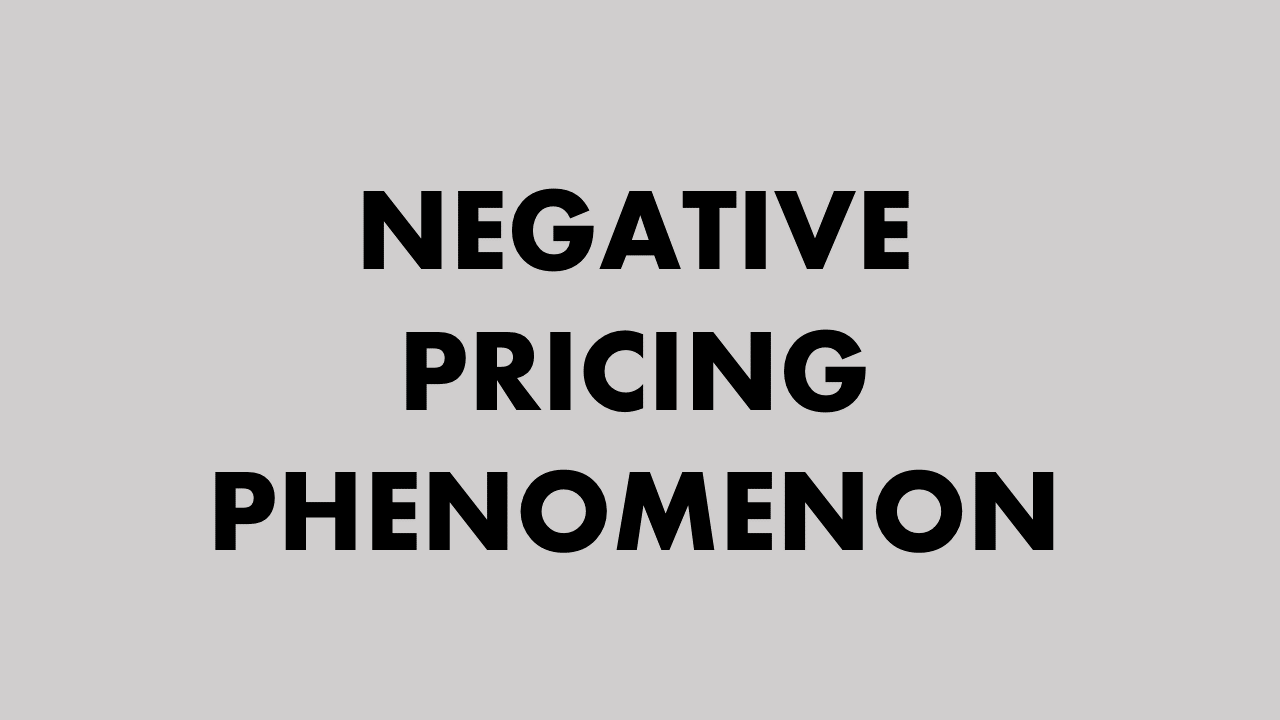242Views

NEGATIVE PRICING PHENOMENON
Are you aware that a phenomenon viz. “negative pricing”, can occur when demand for any product drops significantly or supply increases dramatically .Under these rather abnormal market conditions, the holders or owners of these assets will pay money to the buyers of these assets. This, in effect, sets the price to a negative number.The rationale behind this strange occurrence is that it costs money to transport, store, and dispose of a product even when there is little demand to buy it.
In the area of garbage & nuclear waste,negative prices are not unkown.To illustrate, a nuclear power plant may “sell” the commodity of radioactive waste to a processing facility for a negative price.In other words, the power plant is paying the processing facility to take the unwanted radioactive waste. The phenomenon can also occur in energy prices, including electricity prices, natural gas prices, and oil prices.
In March and April 2020, demand for crude oil dropped dramatically due to prohibitions in cross country mobility on account of the deadly covid pandemic. During that period, an oil price war developed between Russia and Saudi Arabia, and both countries increased production. The exceptionally large gap between supply and demand for oil began to cause a heavy strain on available oil warehouses storage capacity. In some cases, oil storage and transportation costs became higher than the value of the oil, leading to negative oil prices in certain locations, and, briefly, negative prices for oil futures (contracts for oil to be delivered at a future date). West Texas Intermediate futures went as low as -$37.63 per barrel. In effect, with demand low and storage at a premium, oil producers were paying to get rid of their oil.There was chaos on the exchanges in respect of settlement of loss making long positions . This was finally fixed at a value of not less than $1 rather than consider the negative part of the price also.This afforded immense relief to the losers.
This condition can be described as “the opposite of so-called short squeeze”. In a short squeeze, investors who are short an asset must cover their positions as the price goes up, leading to a vicious cycle as prices continue to rise. With oil prices in 2020, traders with long oil positions needed to cover their positions for fear of finding themselves with oil and nowhere to store it. In fact, the rapid drop in oil futures prices may have been an artifact of the structure of the futures market rather than an accurate reflection of the supply and demand for oil.
For further queries get in touch with us
Prof. KV RAMAKRISHNAN
